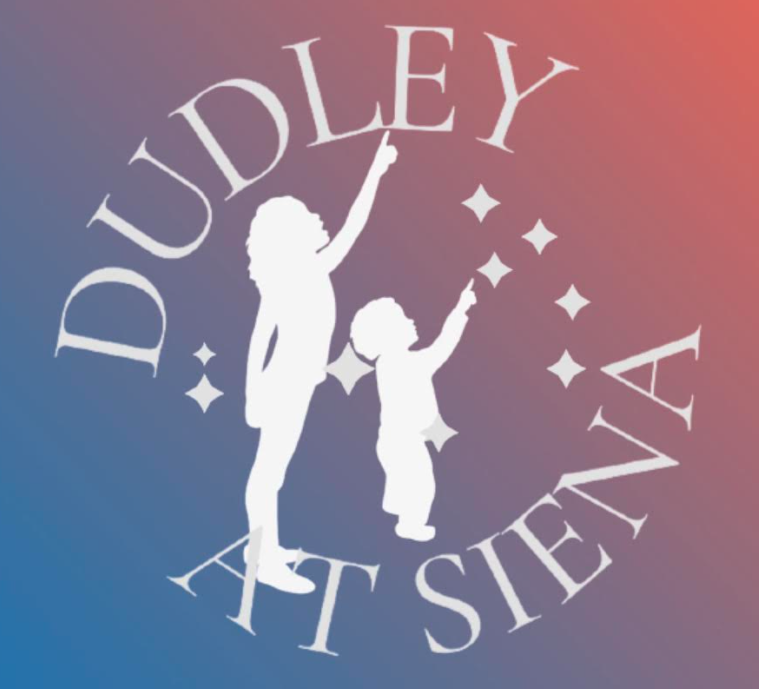Skywatch Line for Friday, August 8, through Sunday, August 10, written by Sam Salem
This is Dudley Observatory’s Skywatch Line for Friday, August 8, through Sunday, August 10, written by Sam Salem.
On Friday, Sun rises at 5:54am and sets at 8:07pm; Moon sets at 4:44am and rises at 8:08pm.
The full Sturgeon Moon will glow brightly in the east this weekend. The crest of the full Moon will occur in the early hours of Saturday morning at 3:55am. The name Sturgeon Moon recognizes the August peak of catching sturgeon fish in the waters of the Great Lakes. The full Moon will be visible all night.
Venus, at magnitude –4.0, rises above the east-northeast horizon about an hour before dawn, followed by Jupiter, at magnitude –1.9. On Saturday morning Jupiter follows about 10 minutes behind Venus. The two planets’ separation shrinks from to 3°. They’ll come to a close conjunction on Tuesday morning (August 12th). They will be 0.9° apart, with Jupiter then to Venus’s upper left.
Mars, magnitude 1.6 at the border of Leo and Virgo, glimmers very low due west in twilight. Mars stays on station at the same height low in the west-northwest in twilight. Mars will continue to set around the end of twilight into early fall, and it won’t reach conjunction with the Sun until the beginning of 2026. Use Binoculars to help you locate Mars. The red planet sets at twilight’s end.
Saturn, magnitude +0.8 in the constellation of Pisces, rises around 10pm.
Uranus, magnitude 5.8, in Taurus near the Pleiades, rises around 1:00am and is well placed in the east before the beginning of dawn. In a telescope, Uranus is a tiny non-stellar blob, 3.6 arcseconds wide.
Neptune, at magnitude 7.9, sits 1° from Saturn in the early morning hours. Use finder charts to locate Neptune with respect to Saturn.
The Perseid meteor shower is active for many days before and several days after its peak, which this year is predicted for the night of August 12-13.
To improve prospects of seeing more meteors in full Moon nights, keep the Moon at your back so it doesn’t glare at your eyes. It’s not necessary to stare at the streaming point, or the meteor shower radiant, which is northwestern Perseus below the W of Cassiopeia. Perseids flash in any and every corner of the sky.
Vega, the brightest star in the constellation of Lyra, sits overhead shortly after nightfall. Arcturus, the brightest star in the constellation of Boötes, shines in the west. Draw a line down from Vega to Arcturus. A third of the way down, the line crosses the dim Keystone of Hercules. Two thirds of the way down it crosses the dim semicircle of Corona Borealis with its one moderately bright star, Alphecca or Gemma.
Vega and the Keystone’s star closest to it form an equilateral triangle with 2nd-magnitude Eltanin to their north. Eltanin is the brightest star of Draco’s quadrilateral head.
